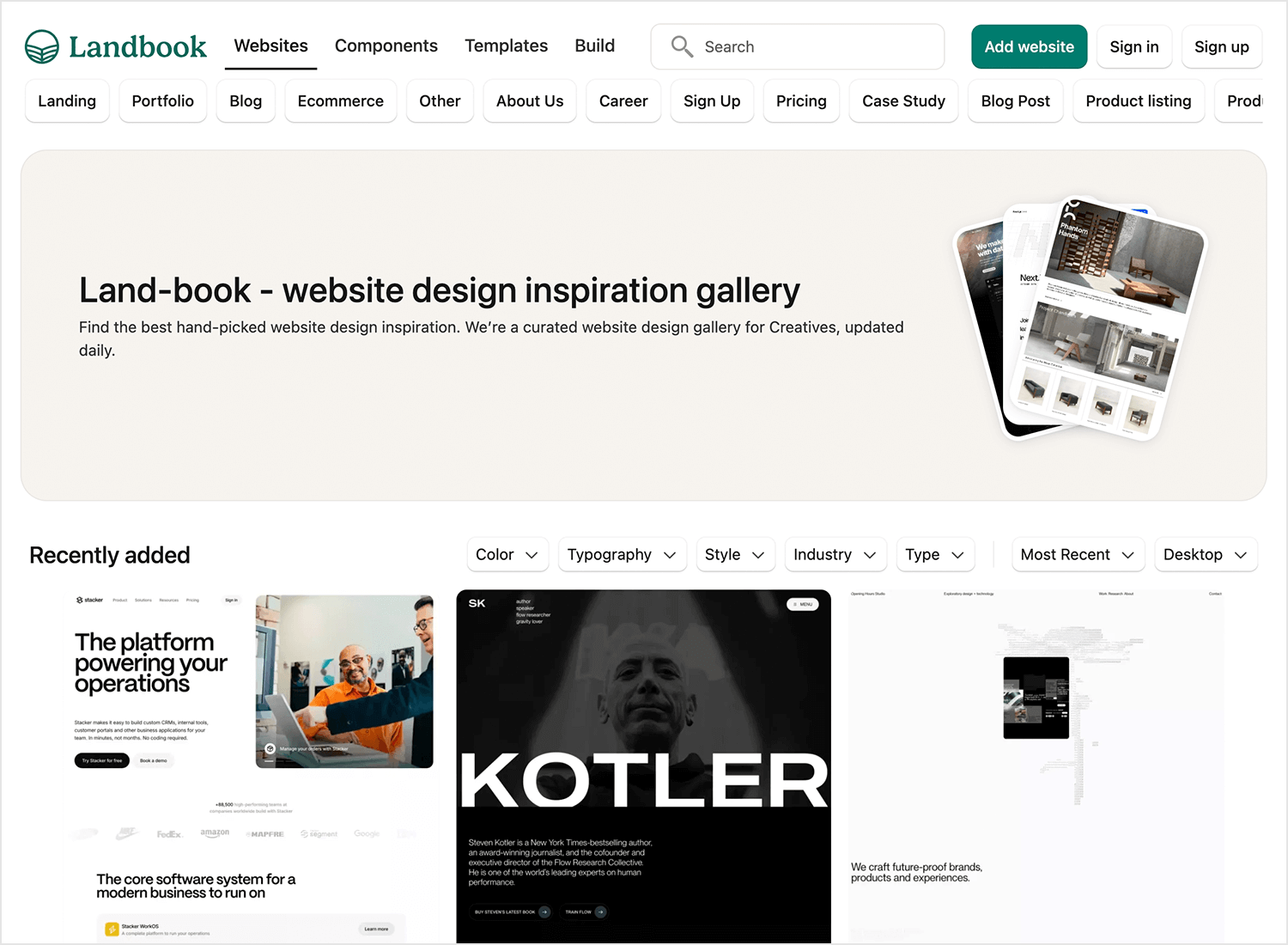Innovative Fads in Web Design Johannesburg for the Modern Service
Wiki Article
Discovering the Essential Concepts and Ideal Practices of Reliable Website Design for Boosted Customer Experience and Interaction

Importance of User-Centered Design
User-centered layout (UCD) acts as a foundation of efficient website design, stressing the need of tailoring digital experiences to fulfill the requirements and preferences of users. By focusing on the individual's perspective, UCD ensures that websites are not just practical but engaging and additionally user-friendly.The importance of UCD depends on its ability to boost individual complete satisfaction and retention. They are more likely to return and recommend it to others when users find a site simple to navigate and lined up with their assumptions. This approach cultivates a deeper emotional link, allowing brand names to develop trust and loyalty among their audience.
Moreover, UCD assists in the recognition of user discomfort points through research study and screening, allowing developers to resolve these issues proactively. By including customers in the design process, whether via meetings, surveys, or functionality screening, developers acquire useful understandings that educate better decision-making.
Eventually, the execution of UCD not just improves the overall customer experience but likewise drives quantifiable service outcomes. Web sites that embrace user-centered approaches often tend to see greater conversion prices and improved efficiency metrics, emphasizing the crucial duty of UCD in modern website design.
Key Design Principles
Efficient website design is grounded in key design principles that improve functionality and aesthetic allure, further building on the foundation developed by user-centered layout. These concepts consist of uniformity, visual pecking order, and comments, which together create an intuitive user experience.This knowledge assists customers navigate and recognize the interface with ease, strengthening brand name identity. Aesthetic hierarchy, accomplished via color, dimension, and positioning, guides customers' attention to the most crucial content, making information a lot more interesting and obtainable.

Including these key design concepts cultivates a harmonious mix of performance and aesthetics, ultimately bring about boosted individual contentment and interaction. By adhering to these fundamental principles, designers can produce websites that not only look enticing but also supply a efficient and delightful customer experience.
Ideal Practices for Usability
Usability is a foundation of successful internet design, incorporating a series of methods that boost the general experience for customers. To achieve optimum usability, it is necessary to prioritize user-friendly navigation. Clear menus and sensible paths permit customers to discover info swiftly, reducing irritation and enhancing fulfillment.Additionally, using consistent layout aspects, such as color schemes and typography, promotes familiarity and reduces navigating. Individuals must not have to relearn how to communicate with different sections of the website. Additionally, ensuring that your site is receptive throughout numerous gadgets is crucial, as a raising variety of customers gain access to web content on mobile devices.
An additional ideal method includes integrating ease of access attributes, such as alt message for photos and key-board navigating alternatives, to suit customers with varied demands. Checking use via individual feedback is important, as real-world understandings can disclose unexpected concerns and areas for enhancement.
Enhancing Aesthetic Power Structure
A distinct visual hierarchy is vital for directing next customers with an internet site, enabling them to swiftly recognize the relevance of different aspects on a page. This can be attained with the critical usage of dimension, comparison, spacing, and shade (web design Johannesburg). Bigger aspects naturally draw interest first, making headings or essential contact us to activity a lot more prominentColor can additionally play a considerable role in establishing pecking order; for instance, utilizing a bold color for buttons can aid them stick out versus a much more muted background. Furthermore, comparison between text and history is important for readability, guaranteeing that users can easily navigate material without stress.
Whitespace, or negative room, is one more crucial facet of aesthetic hierarchy. It offers breathing space around components, aiding to group relevant products and guiding the customer's eye from one area to another. By efficiently using these style principles, web developers can develop a smooth user experience that improves engagement and minimizes cognitive lots.
Inevitably, an attentively constructed aesthetic pecking order not only improves functionality but also promotes an extra user-friendly interaction with the web site, leading to greater fulfillment and retention prices among individuals.
Receptive and Adaptive Design
Aesthetic pecking order plays a substantial function in user experience, and its performance should extend across numerous tools and screen dimensions. Flexible and responsive style are 2 important strategies to accomplishing this objective. Responsive learn this here now design employs liquid grids, flexible photos, and media inquiries to change the format and web content dynamically, guaranteeing that users delight in a smooth experience regardless of the device. This approach enables a single codebase, streamlining upkeep and updates while improving consistency across platforms.In contrast, flexible layout utilizes distinct layouts customized to certain screen sizes. By spotting the customer's device and offering an enhanced format, flexible design can provide a more personalized experience. This frequently needs numerous versions of the very same web content, which can make complex administration and boost development time.
Both approaches have their values, and the option in between them depends upon task needs, target market, and resource accessibility. Eventually, the objective is to develop an engaging, straightforward interface that maintains visual pecking order and usability throughout all platforms. A well-implemented responsive or adaptive style not just enhances user experience yet additionally urges higher interaction and retention prices, vital for the success of any type of web task.
Verdict
To conclude, efficient website design rests on the combination of user-centered principles and ideal techniques that enhance overall experience and involvement. By focusing on usability with instinctive navigation, aesthetic pecking order, and receptive layouts, developers can create systems that satisfy diverse individual demands. The incorporation of availability attributes and regular style components makes sure a smooth communication throughout tools. Highlighting individual feedback and visual considerations eventually promotes complete satisfaction, retention, and enhanced performance in the electronic landscape.In the rapidly evolving electronic landscape, understanding the basic principles and ideal techniques of effective web layout is extremely important for cultivating enhanced user experience and engagement - web design Johannesburg.Use is a foundation of effective web design, including a variety of methods that enhance the total experience for customers. By effectively using these style concepts, web designers can produce a seamless customer experience that boosts engagement and decreases cognitive load
Receptive layout employs liquid grids, versatile pictures, and media inquiries to change the layout and web content dynamically, ensuring that customers delight in a smooth experience regardless of the gadget. A well-implemented responsive or flexible layout not just improves user experience yet additionally motivates higher interaction and retention rates, critical for the success of any kind of internet more info here project.
Report this wiki page